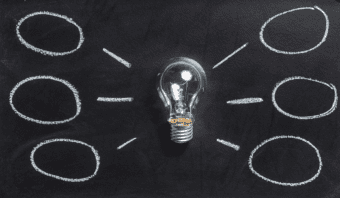We cannot form a spatially differentiated idea of our living environment from the information potential of sound energy in the environment. On the other hand, we also remember people, places, things and events auditorily, insofar as they have a concise sound profile for us. The music therefore contains a variety of allusions to audiovisual events, which the listener experiences as sound images.
The rhythms of our pulse, cadence and breathing frequency as well as the tense arcs of our body’s gestures and action dynamics become both tangible and visible. A musician’s gestures show us how the music begins inside him and continues through his physical state in the external sound image. Dance, theater, video, film and animation as well as the sound-filled spaces of cities and buildings show the diversity of the expressive potential of audiovisual media in shaping the world we live in. Sounds and colors continue as vibrations inside the body. The acoustic events form a sound space that, like the color space, changes with the absorption and reflection behavior of the surrounding material structure.
The sound space can be described by contrast relations or contrasts, such as pitch, tone strength, timbre, beat or brilliance. To describe the color space, we use other media-specific scales such as brightness, hue or saturation. The proportion of overtones in the overall spectrum of a sound can be used to define its timbre, which becomes more brilliant the more of them can be heard. The lack of overtones makes the sound duller. This effect is comparable to that of a glaze of several almost transparent layers of paint or the pigment structure of high-quality paints and varnishes, which can achieve a comparable brilliance. Reductions in the “overtone spectrum” of color pigments or illuminants give material culture a dull and lifeless appearance.


